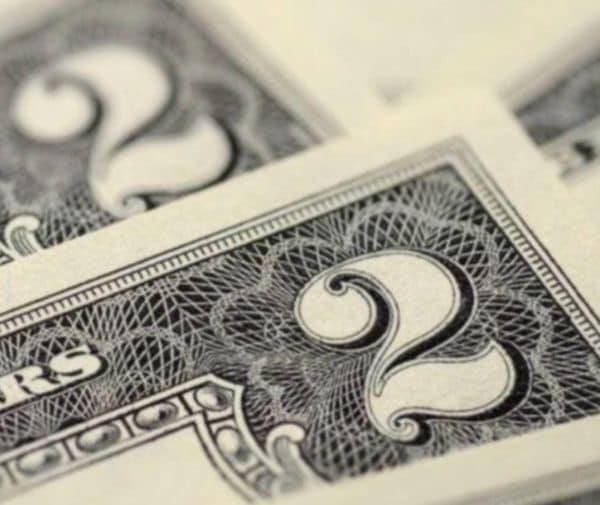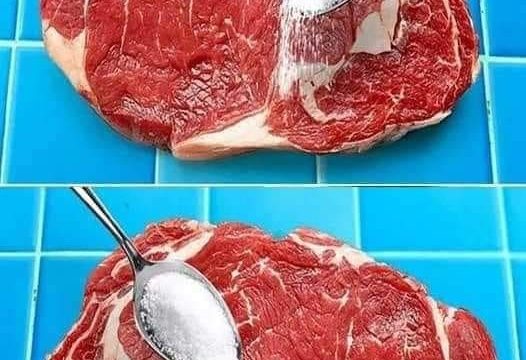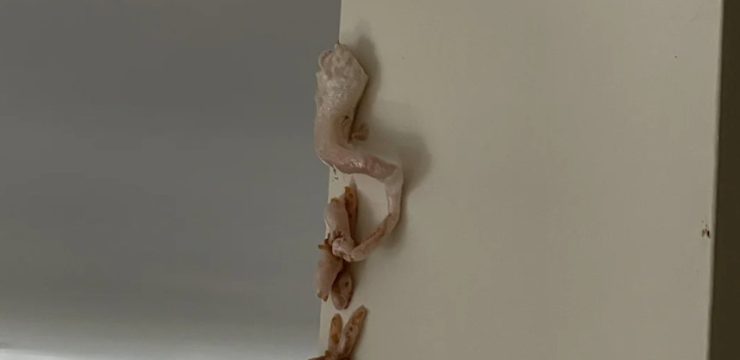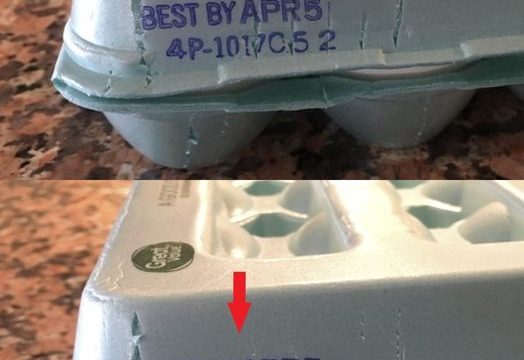Do you have a $2 bill tucked away somewhere in your drawer or wallet, perhaps as a good luck charm? If so, it might be worth taking a closer look at that piece of currency because it could be worth much more than its face value. Many people are unaware of the potential value of their $2 bills, and what might seem like an ordinary item could actually be a hidden treasure.

The Potential Value of $2 Bills
According to U.S. Currency Auctions, certain $2 bills, especially those that are uncirculated, could be worth a significant amount of money. For example, uncirculated $2 bills from 1890 are estimated to be worth at least $4,500. Additionally, uncirculated $2 bills from almost every year between 1862 and 1917 could fetch at least $1,000. These high values are largely driven by factors such as the printing method, the location where the bills were printed, and their rarity.
The fascination with $2 bills doesn’t end with older issues. Even more recent $2 bills can have considerable value. For instance, a $2 bill printed in 2003 was sold at auction for $2,400 in 2022. This particular bill had a very low serial number, making it highly attractive to collectors. It was initially sold through Heritage Auctions, the world’s largest numismatic auction house, and later resold for $4,000—demonstrating just how valuable some seemingly ordinary bills can become under the right circumstances.
Is the $2 Bill Really Rare?
One common question that often comes up about the $2 bill is whether it’s truly rare. Technically, the $2 bill isn’t as rare as some people might think, but it’s certainly not as common as other denominations of U.S. currency. According to the Federal Reserve, there were approximately 1.5 billion $2 bills in circulation in 2022. While this may sound like a large number, it’s actually a relatively small portion of the total $54.1 billion of currency that circulated that year.
The perception of the $2 bill as rare often comes from the fact that people simply don’t use them very often. They are seen so infrequently that many people think they are no longer being printed or that they are hard to find. In reality, the Federal Reserve still prints $2 bills, and they remain a valid part of U.S. currency. However, their relative scarcity in everyday transactions has given them a bit of an unusual reputation, making them feel more special than they actually are in terms of availability.
The History of the $2 Bill
The $2 bill has a history that is both colorful and complicated. The front of the current $2 bill features a portrait of Thomas Jefferson, who was the third President of the United States and the principal author of the Declaration of Independence. On the back of the bill, there is an illustration of the signing of the Declaration, a defining moment in American history.
Despite its historical significance, the $2 bill has often struggled with its reputation. It was long seen as an unlucky or undesirable piece of currency. This stigma was partly due to its association with certain illegal activities, such as voter bribery, where $2 bills were commonly used. These negative associations, along with general superstitions, contributed to the $2 bill’s poor reputation.
In the early 20th century, the U.S. Treasury tried to increase the popularity of the $2 bill by issuing them more frequently, but these efforts largely failed. People were not comfortable using them, and the bill never really caught on. Eventually, the government stopped issuing new $2 bills altogether for a period of time.
However, in 1976, the $2 bill was reintroduced to the public. This re-release coincided with the approach of the United States bicentennial, and the Treasury hoped that the reintroduction would be symbolic of American history and celebration. Despite its reintroduction, the $2 bill never became a standard part of everyday transactions, but it remains in circulation today.
The Appeal of the $2 Bill to Collectors
Collectors are particularly interested in $2 bills because of their unique history and certain rare features that some bills possess. Bills that have low or unusual serial numbers, or those with a star symbol next to the serial number, can be highly valuable to collectors. These features make the bills more unique and can significantly increase their value beyond the standard $2.
Collectors are also interested in older $2 bills, especially those that were printed before the redesign in the 1970s. These older bills often feature different artwork and styles, which makes them more attractive to those who collect vintage currency. The charm of a $2 bill from the 19th or early 20th century goes beyond its monetary value—it’s about owning a piece of history.
What Should You Do with Your $2 Bills?
If you happen to have a $2 bill, it might be a good idea to examine it more closely to see if it holds any special value. Look for details like the year it was printed, its condition, and whether it has an unusual serial number. These features could mean that your $2 bill is worth far more than its face value.
If you believe that you have a particularly valuable $2 bill, you could consider getting it appraised or even selling it through an auction house like Heritage Auctions, which specializes in numismatic items. This could help you get the best possible price if your bill turns out to be a collector’s dream.
Conclusion: The Hidden Value of the $2 Bill
The $2 bill is more than just an uncommon denomination in U.S. currency—it’s a piece of American history, a collector’s item, and potentially a valuable treasure. Whether you have a $2 bill stored away for good luck or simply found one mixed in with your other bills, it might be worth a second glance. You could be holding onto something far more valuable than you ever imagined.
Next time you come across a $2 bill, don’t dismiss it as just another small piece of change. It could be a hidden gem, especially if it’s an older bill or has a special feature that makes it stand out. The history, rarity, and unique aspects of the $2 bill make it a fascinating piece of American currency—and perhaps, one of the most underrated treasures hiding in plain sight. So, go ahead and check those old drawers and wallets—you might just have a small fortune waiting to be discovered.





